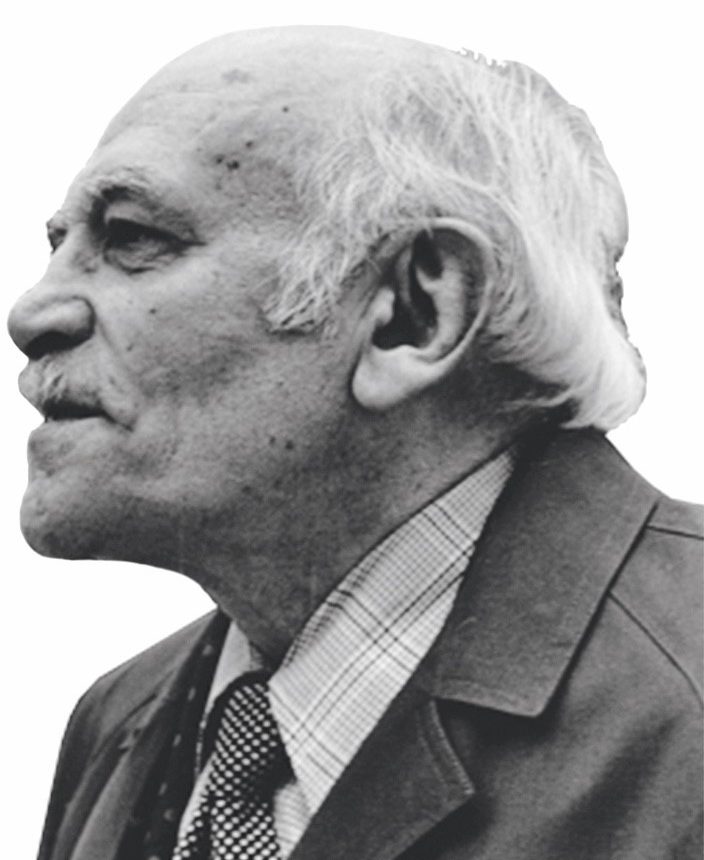Alice HOHERMANN
January 2, 2019David HOYCHMAN
January 2, 2019Philippe HOSIASSON
ODESSA (UKRAINE) 1898 – PARIS 1978
Philippe Hosiasson grew up in Odessa, in a family of storekeepers, and was related to the Russian writer Boris Pasternak. Between 1910 and 1912, Hosiasson traveled to Berlin with his parents and got in touch with the Western avant-garde. He started drawing at a young age. He briefly attended the School of Fine Arts in Odessa, and studied law and art history at Odessa University in 1912. In 1917, he published a text on El Greco. In 1918, he married Olga Bilinski. In 1920, his university sent him to Rome where he met André Derain, who worked for Diaghilev’s Ballets Russes. He was fascinated by the Roman palaces and drew everything around him, such as crowds or streets.
In 1922, Hosiasson and designed sets for the Ballets Russes for Boris Romanov in Berlin. Hosiasson arrived in Paris in 1924 and acquired French nationality in 1928. He and Léon Zack were members of the Neo-Humanist group, which was founded in 1930 by Waldemar George and the young painters of the Académie Ranson. In 1937, he participated in the World Fair in Paris, for which he decorated the Pavillon de la Martinique. Philippe Hosiasson was mobilized to join the army in 1939 and was seriously wounded near Dunkerque. He spent the years under the Occupation in Toulouse, Marseille, and the Nice area. He came back to Paris in 1948 following a long illness, which resulted from his wound.
During the years 1947-1948, he started to paint his first “informal” paintings, which Michel Tapié and Michel Seuphor associated with Abstract Expressionism. Supported by Clément Greenberg, he exhibited his work with Barnett Newman, Mark Rothko, and Kenneth Noland at the Kootz Gallery in New York. According to the artist, abstraction did not consist merely of the strict application of the Bible, according to which the representation of human beings is forbidden, but it constituted a “way to express his conception of the world and his Judaism.”
Stories of Jewish Artists of the School of Paris 1905-1939
FRENCH-ENGLISH
Capitale des arts, le Paris des années 1905-1939 attire les artistes du monde entier. De cette période de foisonnement, un terme est resté, celui d'Ecole de Paris, qui recouvre une grande diversité d'expression artistique. Dans ce brassage dont Montparnasse est le creuset, un groupe se distingue : celui des artistes juifs venus de Russie, de Pologne et d'Europe centrale. Si leurs styles sont variés, un destin commun les rassemble : ils fuient l'antisémitisme de leur pays d'origine. Certains ont connu la célébrité dès les années 1920, tels Soutine, Lipchitz ou Chagall. D'autres n'ont pas eu le temps ou la chance d'y accéder. Près de la moitié a péri dans les camps de concentration nazis.
From 1905 to 1939, Paris attracted artists from all over the globe as the capital of the art world. This period of artistic proliferation became known as the School of Paris, and includes a great diversity of artistic expression. Within the teeming art world centred on Montparnasse, one group set itself apart: Jewish artists from Russia, Poland, and Central Europe. Although their styles were diverse, they shared the common fate of fleeing anti-Semitic persecutions in their home countries. Some became famous in the 1920s, such as Soutine, Lipchitz, and Chagall, while others did not have the time or the luck to gain renown. Nearly half of these artists died in Nazi concentration camps.





